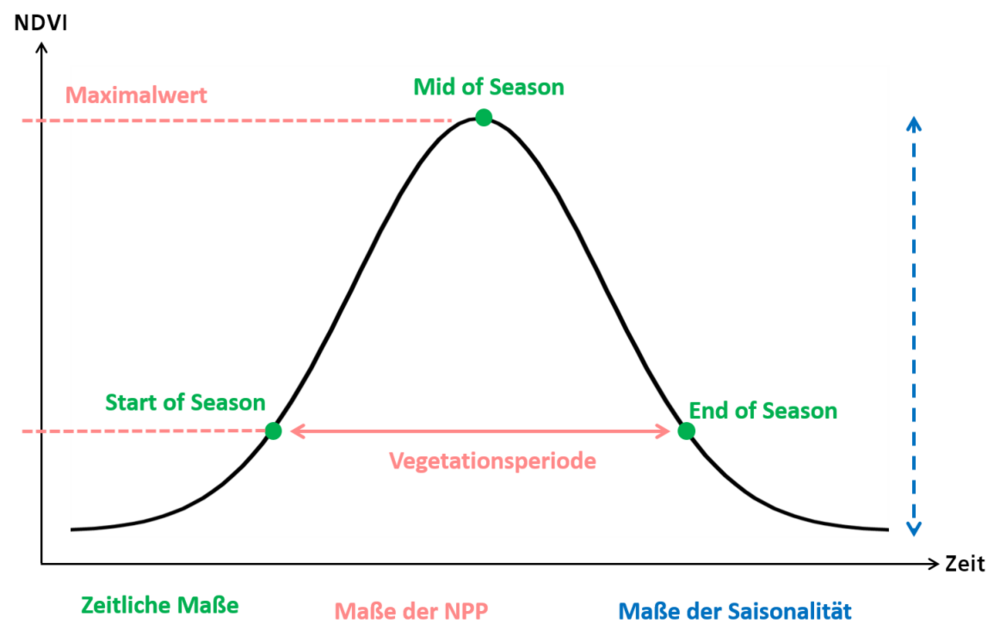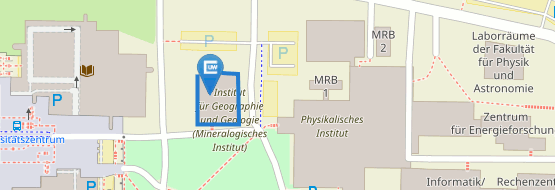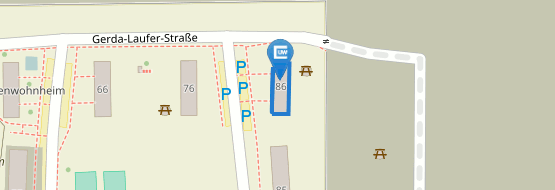Feasibilty study: Monitoring of Infestation using Remote Sensing (MIRS)

In addition to thunderstorms, bark beetle outbreaks are one of the largest natural disturbance agents in in Central European forests which play an important role in the natural forest dynamics.
Large-scale disturbances by bark beetle epidemics can cause long-term changes in the Vegetation phenology. A timely, extensive and especially repeated intake of infestation by altered phenology in the field is often not realistic. Spatially explicit, multi-temporal remote sensing data are therefore an interesting alternative or supplement to measured field data.
The use of Earth Observation data with high spatial resolution (e.g. Landsat, SPOT or Sentinel) for phenological investigation with respect to bark beetle infestation is a current research topic which has not yet been adequately studied in Central Europe. Application of the so-called vegetation indices (e.g. NDVI) from the spectral measurements of the satellite sensors would ease the unveiling of information on the greenness and vitality of the vegetation. Furthermore, the derivation of time series of these indices is of special interest, which allows monitoring forest stands and deriving the temporal phenological trends over long periods. This feasibility study (MIRS) aims at enabling to make statements about the usefulness of intra-annuals Landsat time series for bark beetle monitoring purposes. Compared to the established approaches with spatially-coarser resolution data, the methodology of creation and derivation of time series of phenological parameters from Landsat, however, seem to be far more complex.
The work packages within this project are to be processed partially as a promotion for young graduate students from the field of Geography. The alteration in the phenology of forest areas as caused by infestation will be modeled using a combined approach of spatial statistics and multi-temporal optical remote sensing over a period of 25 years in the Bavarian Forest National Park. Subsequently, the modeling results are planned to be spatially mapped.
The following main research questions are pursued within this project:
- Is it possible to characterize the bark beetle-infested forest sites using phenological measurements from Landsat time series?
- Can the phenological indices investigated here help to distinguish different infestation levels?
The study will consequently allow the preparation of a project proposal at the Department of Remote Sensing, together with the National Park Bavarian Forest, Technical University of Munich and University of Applied Sciences Munich for a research grant from the German Research Foundation (DFG). The MIRS feasibility study is funded as part of the initial research Fund of the Faculty of Philosophy I of the University of Würzburg within a period from September, 1st, 2014 to May, 31th, 2015.
Contacts: Dr. Hooman Latifi, Dipl.-Geogr. Carina Kübert



